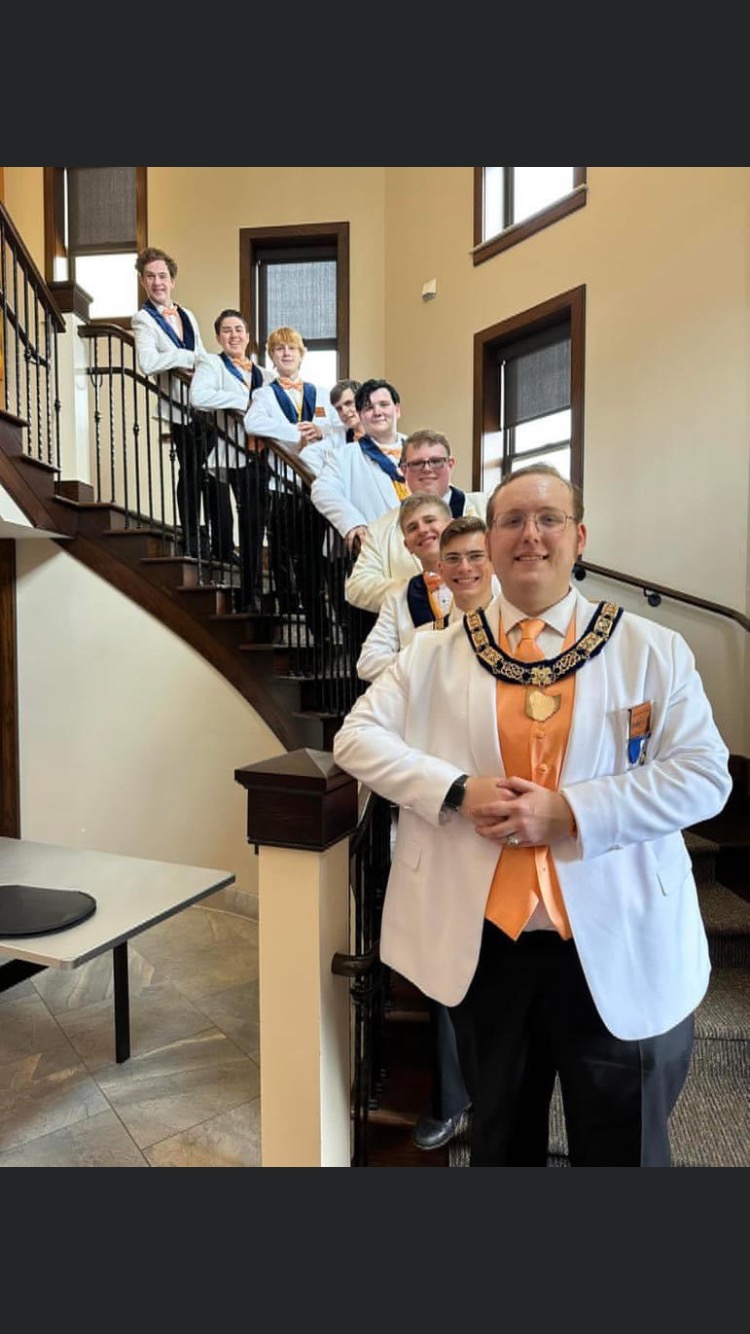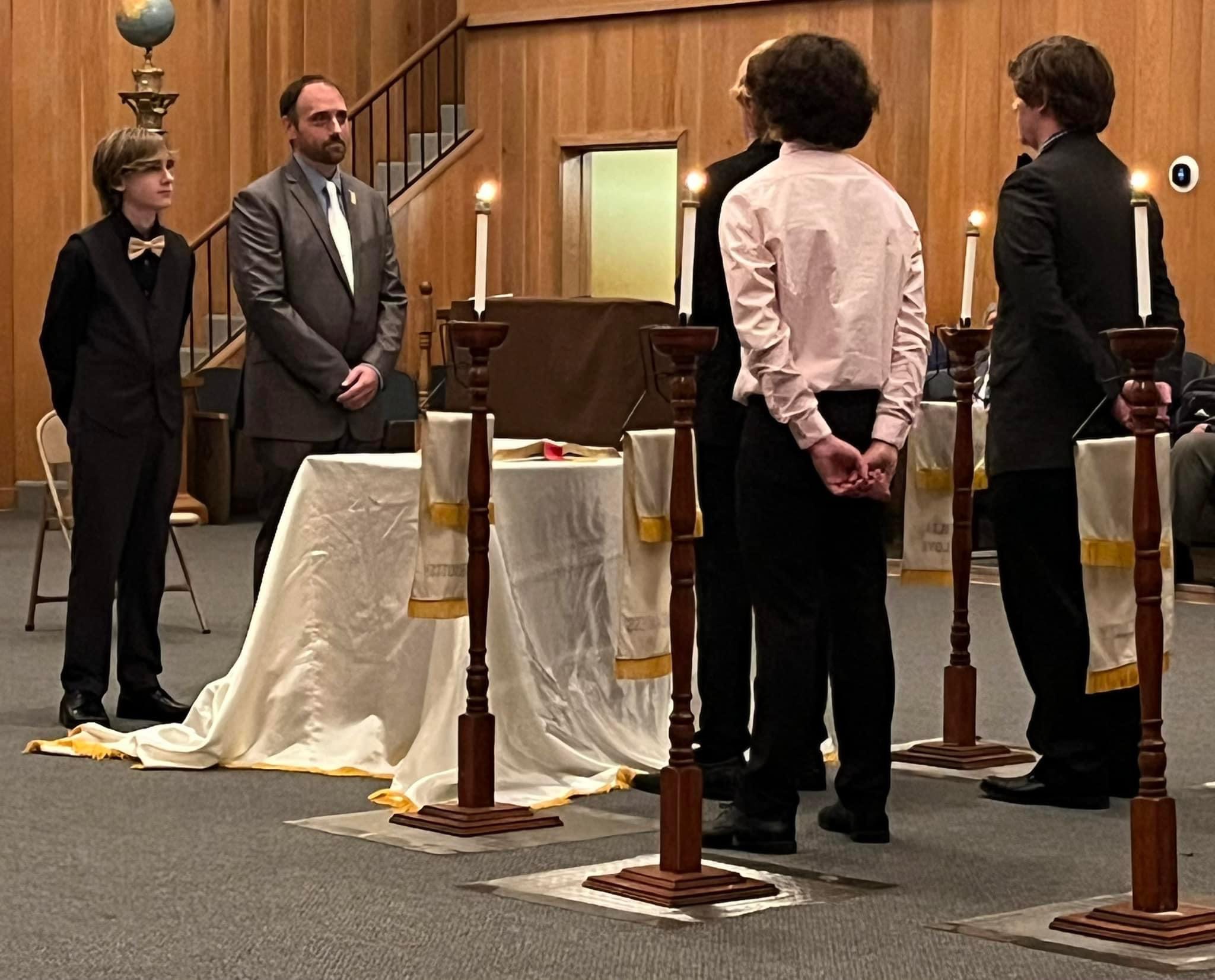JACQUES DEMOLAY OUR NAMESAKE

The namesake of the Order of DeMolay was born in Vitrey, Department of
Haute Saone, France in the year 1244. At the age of 21, DeMolay joined
the Order of Knights Templar.
The Knights Templar was an organization sanctioned by the Roman Catholic
Church in 1128 to guard the road between Jerusalem and Acre, an important
port city on the Mediterranean Sea. The Order of Knights Templar
participated in the Crusades and earned a name for valor and heroism.
With many nobles and princes sending their sons to join the Knights
Templar, the Order also became very wealthy and popular throughout Europe.
In 1298, Jacques DeMolay was named Grand Master of the Knights Templar,
a position of power and prestige. As Grand Master however, Jacques DeMolay
was also in a difficult position. The Crusades were not achieving their
goals. The non-Christian Saracens defeated the Crusaders in battle and
captured many vital cities and posts. The Knights Templar and the Hospitalers
(another Order of Knights) were the only groups remaining to confront the
Saracens.
The Knights Templar decided to reorganize and regain their strength. They
traveled to the island of Cyprus, waiting for the general public to rise up
in support of another Crusade.
Instead of public support, however, the Knights attracted the attention
of powerful lords, who were interested in obtaining their wealth and power.
In 1305, Philip the Fair, King of France, set about to obtain control of
the Knights Templars. They had been accountable only to the Church. To
prevent a rise in the power of the Church, and to increase his own wealth,
Philip set out to take over the Knights.
The year 1307 saw the beginning of the persecution of the Knights. Jacques
DeMolay, along with hundreds of others, were seized and thrown into dungeons.
For seven years, DeMolay and the Knights suffered torture and inhuman
conditions. While the Knights did not end, Philip managed to force Pope
Clement to condemn the Templars. Their wealth and property were confiscated
and given to Philip's supporters.
During years of torture, Jacques DeMolay continued to be loyal to his
friends and Knights. He refused to disclose the location of the funds of
the Order and he refused to betray his comrades. On March 18, 1314, DeMolay
was tried by a special court. As evidence, the court depended on a forged
confession, allegedly signed by DeMolay.
Jacques DeMolay disavowed the forged confession. Under the laws of the time,
the disavowal of a confession was punishable by death. Another Knight, Guy of
Auvergne, likewise disavowed his confession and stood with Jacques DeMolay.
King Philip ordered them both to be burned at the stake that day, and thus
the story of Jacques DeMolay became a testimonial to loyalty and friendship.





